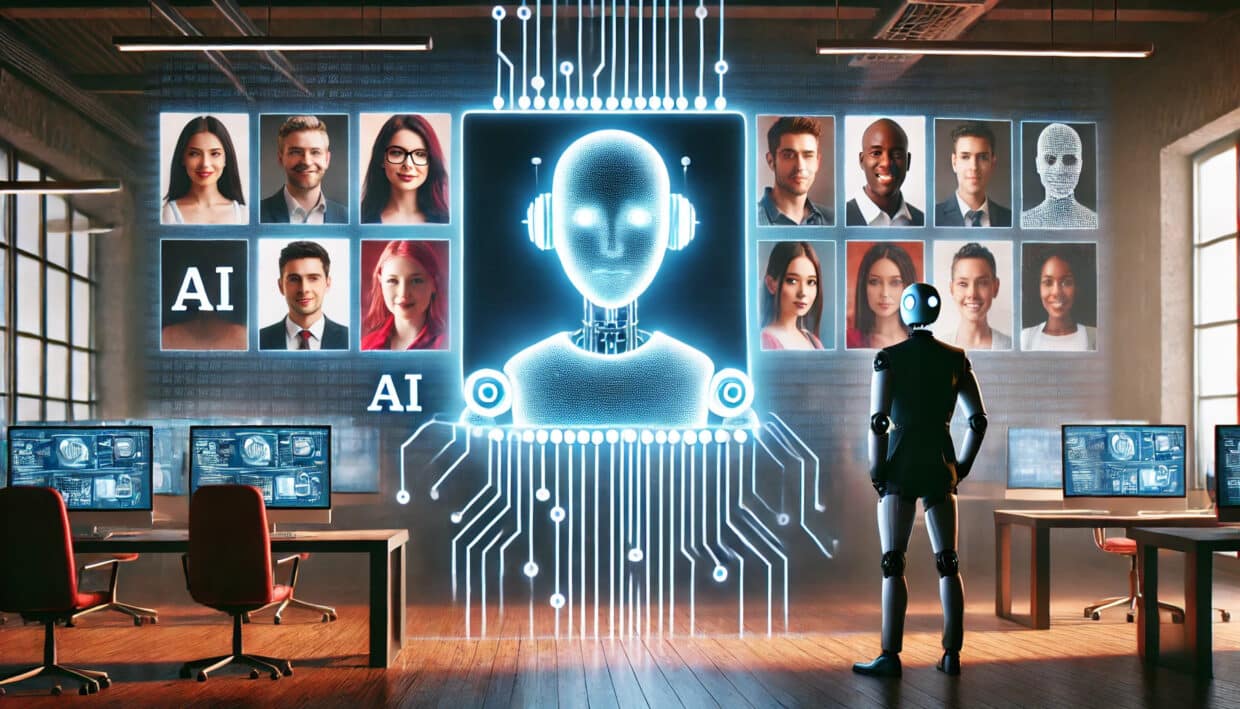
With the rise of artificial intelligence in recruitment, many companies are adopting automation tools to streamline their processes. However, while these algorithms promise objectivity and speed, they are not free from biases, especially gender-related ones. These biases can lead to discriminatory practices, depriving qualified candidates of opportunities due to their gender. It is therefore crucial for HR professionals and algorithm developers to work together to identify, prevent, and correct these biases. This article explores how to prevent gender bias in recruitment algorithms.
Understanding the Origin of Gender Bias in Algorithms
Gender bias in algorithms primarily stems from the data on which these systems are trained. This data often reflects historical recruitment practices, where certain professions were dominated by one gender.
This is confirmed by a study published on International Women’s Day in collaboration between UNESCO, the OECD, and the Inter-American Development Bank.
For example, if an algorithm is trained on past recruitment data showing that most engineers hired were men, it might automatically favor male profiles, even if women are equally qualified.
A striking example of this issue is the case of Amazon, which had to abandon its AI-based recruitment tool after discovering that it discriminated against women for technical positions. The algorithm had learned from historical data where men were overrepresented in these roles, thus perpetuating existing biases rather than correcting them.
Methods to Prevent Gender Bias
To prevent gender bias in recruitment algorithms, several approaches can be adopted.
a) Diversifying Training Data
One of the most effective strategies is to diversify the data used to train the algorithms. It is essential to include data that reflects gender diversity in the relevant roles and sectors. This involves not only considering candidates who have been historically underrepresented but also revising selection criteria to ensure they do not perpetuate gender stereotypes.
It is also worth noting that if external recruitment tools are used, or those not trained on your own data, the developers of these external tools may unintentionally have introduced biases in the programming.
b) Regular Audits of Algorithms
It is also important to regularly audit AI systems to identify potential biases. These audits test the algorithm’s results based on gender criteria to ensure that they do not favor one group over another.
Companies can also use peer-testing tools to check whether the algorithms produce balanced results.
Audits may also include simulations where fictional data is fed into the algorithm to test how it processes candidates of different genders. This helps to detect and correct biases before they affect actual recruitment processes.
c) Algorithm Transparency
Transparency is a key factor in preventing gender bias. Companies should require algorithm developers to provide clear explanations of how their systems operate.
The more transparent the algorithm’s decision-making processes, the easier it is to identify areas where bias might occur.
This transparency also allows HR teams to adjust the criteria and make changes if gender disparities are detected.
The Role of HR in Managing Bias
HR departments play a central role in preventing gender bias in algorithms. Their involvement in the design and oversight of AI tools is essential to ensure that these technologies are fair and inclusive.
HR teams should collaborate with technical teams to:
- Define selection criteria that promote diversity.
- Ensure that algorithms are regularly audited and adjusted.
- Train staff to use these technologies while remaining vigilant about potential biases.
It is also crucial to include people in this process to regularly check that the system is working correctly!
AI assists humans, but it does not completely replace them, especially in tasks as challenging as recruiting future talents and candidates.
Conclusion
Preventing gender bias in recruitment algorithms is a major challenge for modern companies. By diversifying data, conducting regular audits, and ensuring algorithm transparency, it is possible to significantly reduce these biases and ensure that recruitment processes are fair and inclusive.
HR departments have a crucial role in ensuring that AI tools adhere to principles of fairness and foster true diversity within the company.



